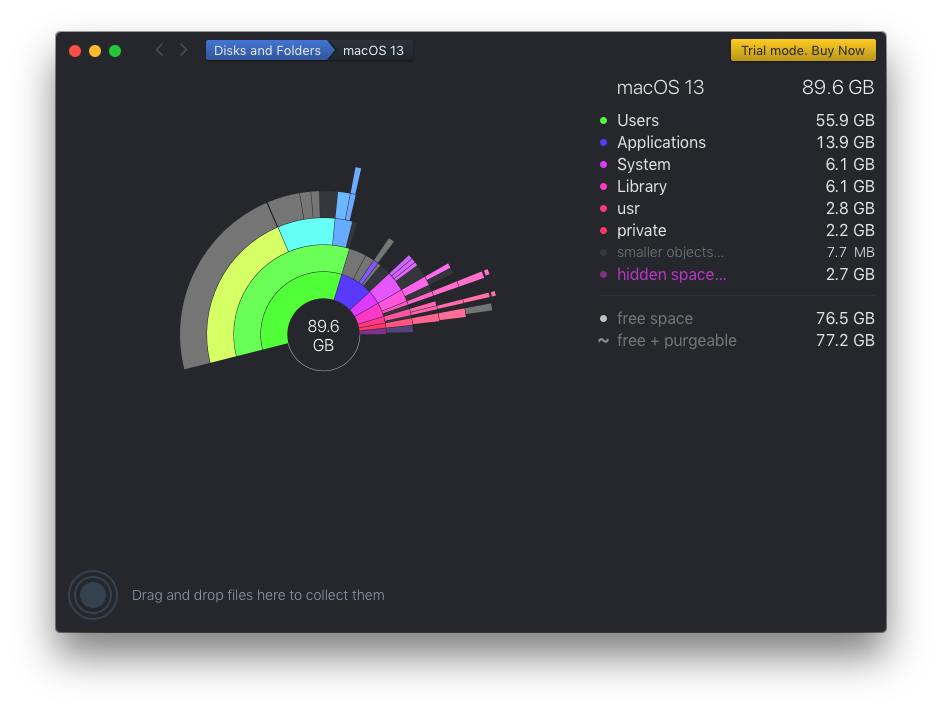
- #INSUFFICIANT DATA FOR IMAGE MAC DRIVER#
- #INSUFFICIANT DATA FOR IMAGE MAC FREE#
- #INSUFFICIANT DATA FOR IMAGE MAC MAC#
The use of an equal sign ( =) wipes all previous permissions for that category. The u flag sets the permissions for the file owner, g refers to the user group, while o refers to all other users.


To remove all existing permissions, set read and write access for the user while allowing read access for all other users, type: chmod u=rw,g=r,o=r file.txt To set file permissions, you’ll use the chmodcommand at the terminal.

RELATED: How macOS Catalina's New Security Features Work Setting File Permissions
#INSUFFICIANT DATA FOR IMAGE MAC MAC#
This is related in part to new security features introduced in macOS Catalina, although file access control lists (ACLs) have been a Mac feature since macOS X 10.4 Tiger back in 2005. If the final character is an at sign ( then it signifies that the file or folder has extended file attributes relating to security, giving certain apps (like Finder) persistent file access. rwx means the file can be read, written, and executed.r-x means the file can be read and executed, but not written to.rw- would mean the file can be read and written to, but the file isn’t executable.r- would mean the file can be read, but not written to, and the file isn’t executable.- would mean no read or write access, and the file isn’t executable.These levels are always shown in that order, so for instance: You’ll see letters here, too, such as r (read), w (write), and x (execute). The first group shows the access levels for the file/folder owner (1), the middle group shows group permissions (2), and the final three shows permissions for any other users (3). Not-applicable means that the Palo Alto device has received data that will be discarded because the port or service that the traffic is coming in on is not allowed, or there is no rule or policy allowing that port or service.įor example, if there was only one rule on the Palo Alto device and that rule allowed the application of web-browsing only on port/service 80, and traffic (web-browsing or any other application) is sent to the Palo Alto device on any other port/service besides 80, then the traffic is discarded or dropped and you'll see sessions with "not-applicable" in the application field.The next nine characters are split into groups of three. Unknown-p2p matches generic P2P heuristics. Unknown-udp consists of unknown udp traffic. This may be due to the use of a custom application for which the firewall does not have signatures. Unknown-tcp means the firewall captured the three-way TCP handshake, but the application was not identified. So for example, if the three-way TCP handshake completed and there was one data packet after the handshake but that one data packet was not enough to match any of our signatures, then user will see insufficient data in the application field of the traffic log. Insufficient data means not enough data to identify the application. Insufficient data in the application field: Right-click the appropriate printer icon, and then click Properties.
#INSUFFICIANT DATA FOR IMAGE MAC DRIVER#
To change the printer driver memory setting, follow these steps: Click Start, point to Settings, and then click Printers. One example is, if a client sends a server a SYN and the Palo Alto Networks device creates a session for that SYN, but the server never sends a SYN ACK back to the client, then that session is incomplete. To fix this problem, reset the memory setting on the printer driver to reflect the exact amount of memory installed on the printer in question.
#INSUFFICIANT DATA FOR IMAGE MAC FREE#
In other words that traffic being seen is not really an application. EaseUS offers free tutorials for all users to recover lost data back, resize partitions, transfer data, edit video clips and do data backup for Windows, Mac and iPhone users.

Incomplete means that either the three-way TCP handshake did not complete OR the three-way TCP handshake did complete but there was no enough data after the handshake to identify the application.


 0 kommentar(er)
0 kommentar(er)
